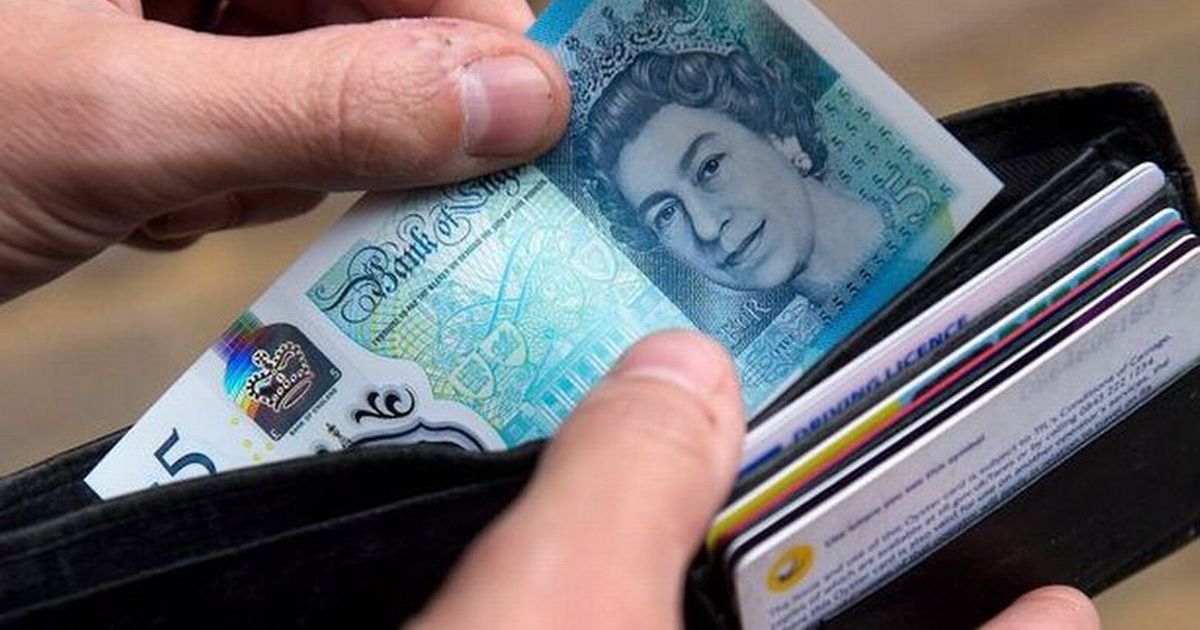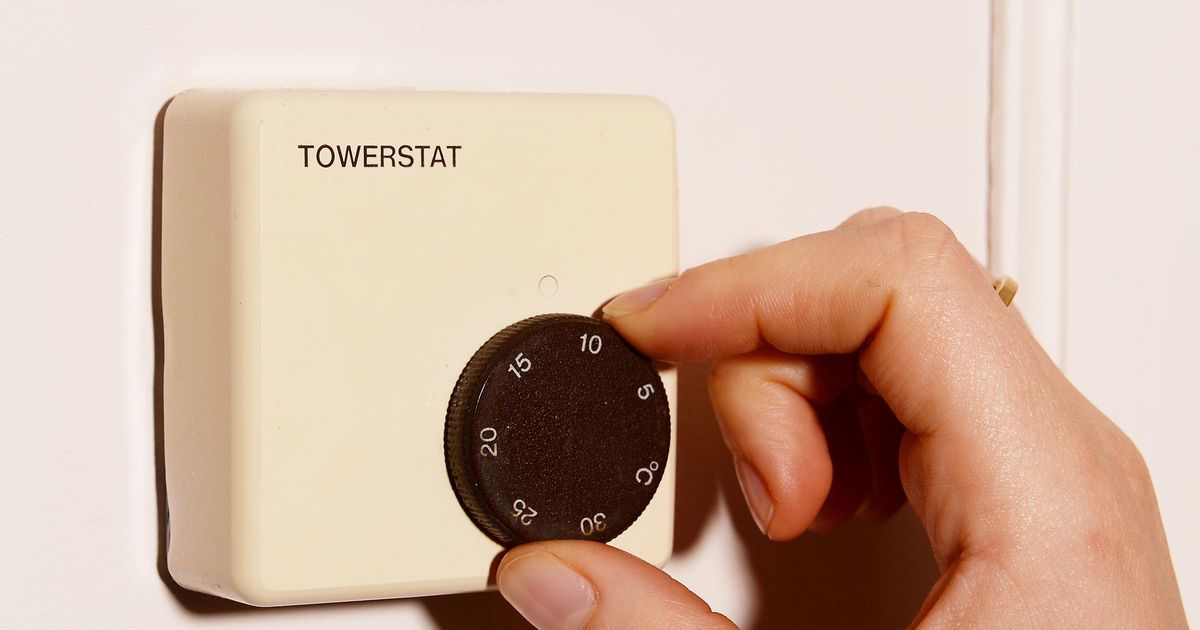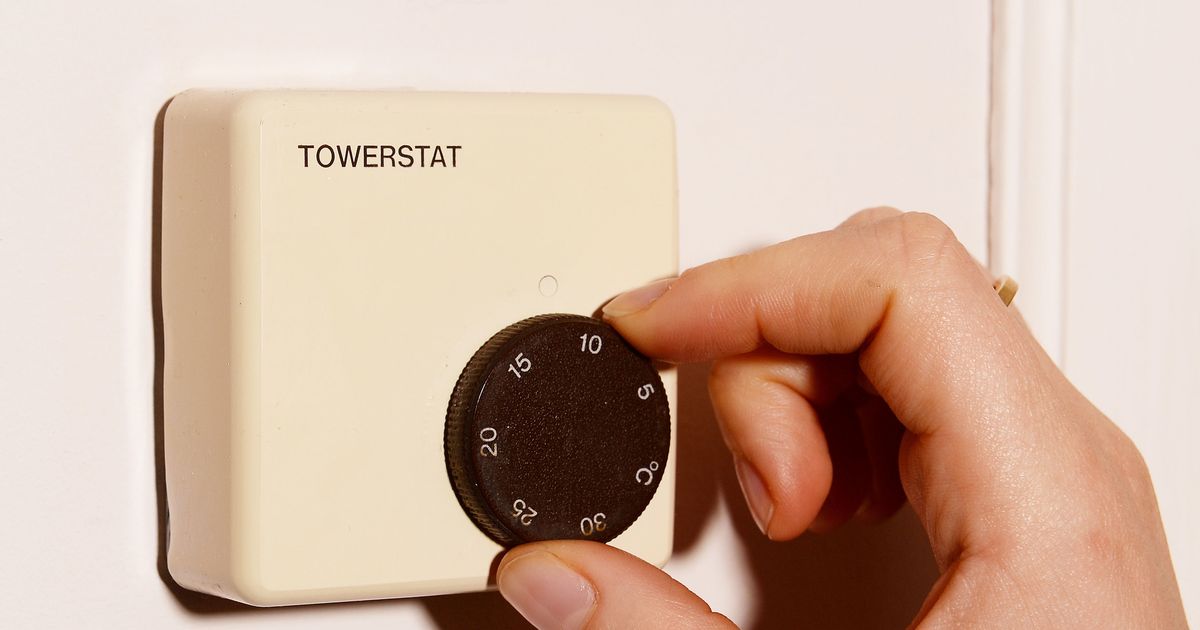Special £25 Cold Weather Payments set to enter bank accounts in the coming weeks! This much-needed financial boost will provide vital support to millions facing the harsh realities of winter. We’ll explore who’s eligible, when to expect the money, and the broader impact of this initiative on vulnerable populations and the economy. Get ready to learn all the details about this timely payment program.
This article breaks down everything you need to know about the Special £25 Cold Weather Payments, from eligibility requirements and payment timelines to the government’s reasoning and the potential economic consequences. We’ll also address some common questions and concerns surrounding this crucial winter support.
Eligibility Criteria for the £25 Cold Weather Payment
The £25 Cold Weather Payment is designed to help vulnerable individuals cope with the extra costs associated with colder weather. Eligibility is determined by a combination of factors, primarily focusing on location and receipt of specific benefits. Understanding these criteria is crucial for ensuring those who need the payment receive it.
Specific Eligibility Conditions
To qualify for the £25 Cold Weather Payment, individuals must live in an area where the average temperature has been recorded at or below 0°C for seven consecutive days. They must also be receiving one of the qualifying benefits. This includes Pension Credit, Income Support, Income-based Jobseeker’s Allowance, Income-related Employment and Support Allowance, Universal Credit, and Housing Benefit.
The payment is not awarded based on individual need, but rather on the basis of benefit receipt in a designated cold weather area.
Eligibility Verification Process
Eligibility is automatically verified by the Department for Work and Pensions (DWP) using existing benefit data and meteorological records. No separate application is required. Individuals receiving the qualifying benefits in eligible postcodes will automatically receive the payment. The DWP uses a sophisticated system to cross-reference benefit claims with weather data to identify eligible recipients.
Disqualifying Factors
The primary reason for disqualification is not receiving one of the qualifying benefits in an area experiencing a cold snap. Moving during the payment period, or a change in benefit status, could also affect eligibility. Additionally, those who have already received the payment for that specific cold spell in their area will not receive it again.
Eligibility Criteria Table

| Eligibility Requirement | Description | Supporting Documentation | Example |
|---|---|---|---|
| Residence in eligible postcode | Living in an area where the average temperature has been below 0°C for seven consecutive days. | Meteorological records | Living in a postcode designated as eligible by the Met Office. |
| Receipt of qualifying benefit | Receiving one of the specified benefits (Pension Credit, Income Support, etc.) | Benefit award letter | Receiving Universal Credit payments. |
| No change in benefit status | Consistent benefit receipt during the cold weather period. | Benefit payment records | Continuous receipt of Pension Credit for the past six months. |
Payment Distribution and Timeline

The £25 Cold Weather Payment is typically distributed directly into the bank accounts of eligible individuals. The timeframe for receiving the payment is usually within 14 days of the end of the seven-day period of sub-zero temperatures. Delays can occur due to processing errors or issues with bank account details.
Payment Distribution Method and Timeframe
Payments are made directly into the bank account linked to the claimant’s benefit. The DWP aims to process payments swiftly, usually within two weeks of the end of the seven-day cold spell. However, unexpected delays can occur due to technical glitches or incorrect banking information.
Potential Payment Delays and Causes
Delays can arise from various reasons, including errors in benefit records, incorrect bank account details provided to the DWP, or unforeseen technical problems with the payment processing system. In such cases, claimants should contact the DWP for clarification and assistance.
Payment Distribution Timeline
- Day 7 of sub-zero temperatures: Cold weather payment triggered.
- Within 14 days of Day 7: Payment processed and sent to eligible individuals.
- Up to 28 days from Day 7 (in exceptional circumstances): Potential for payment delays due to exceptional circumstances.
Impact of the Cold Weather Payment on Vulnerable Populations

The £25 Cold Weather Payment can provide crucial support to elderly and low-income individuals during periods of harsh weather. However, accessing and utilizing this payment can present challenges for some vulnerable groups. A comparison with other social support programs is essential to assess its overall effectiveness.
Benefits for Elderly and Low-Income Individuals
The payment offers a small but vital financial buffer for vulnerable groups, helping them to afford essential heating and other costs associated with cold weather. This can prevent health problems associated with hypothermia and ensure access to adequate warmth.
Challenges in Accessing and Utilizing the Payment
Some elderly individuals may lack the technological literacy to easily access information about the payment, or may face difficulties managing their finances. Those living in isolated areas may experience delays in receiving the payment. Furthermore, £25 may not be sufficient to cover the significant energy costs for some households.
Comparison with Other Social Support Programs
The Cold Weather Payment is a targeted intervention that complements broader social support programs like Winter Fuel Payment. While it offers immediate relief during cold snaps, it does not replace the ongoing support provided by other schemes. Its effectiveness is dependent on its timely distribution and accessibility to those most in need.
Hypothetical Case Study
Imagine an elderly couple, both on Pension Credit, living in a poorly insulated home in a rural area. The £25 payment could help them afford extra heating oil, preventing a dangerous drop in home temperature and reducing the risk of health complications during a prolonged cold spell. However, the geographical isolation might cause a slight delay in receiving the payment.
Government Policy and Funding
The government implements the cold weather payment scheme to mitigate the impact of cold weather on vulnerable individuals. Funding is allocated annually within the broader social welfare budget. Comparing this scheme to previous iterations provides valuable insight into its evolution and effectiveness.
Government Rationale
The scheme aims to protect vulnerable individuals from the health and financial risks associated with cold weather. It acts as a targeted safety net, providing immediate financial assistance during periods of extreme cold.
Source of Funding
The funding for the £25 Cold Weather Payment comes from the government’s annual budget allocated to social welfare programs. This is part of a broader commitment to supporting vulnerable individuals during periods of hardship.
Comparison with Previous Schemes
The current scheme builds upon previous cold weather payment initiatives, often adapting to changes in benefit systems and weather data collection. Improvements may include streamlined payment processes or expanded eligibility criteria.
Yearly Budget Allocation (Hypothetical Data)
| Year | Budget Allocation (£ millions) |
|---|---|
| 2023 | 15 |
| 2022 | 12 |
| 2021 | 10 |
| 2020 | 8 |
| 2019 | 7 |
Public Perception and Media Coverage: Special £25 Cold Weather Payments Set To Enter Bank Accounts In
Public reaction to the £25 payment has been mixed, with some praising its intention while others criticize its inadequacy. Media coverage reflects this diverse range of opinions, highlighting both positive and negative aspects of the scheme.
Public Response, Special £25 Cold Weather Payments set to enter bank accounts in
Public response has been varied, with some expressing gratitude for the additional financial support, while others argue that £25 is insufficient to address the rising cost of energy. Social media discussions and news articles reflect this diverse range of viewpoints.
Media Coverage Examples
News outlets have featured stories highlighting both the positive impact of the payment on vulnerable individuals and criticism of its limited financial value in the context of rising energy prices. Some articles have focused on the challenges faced by individuals in accessing the payment.
Controversies and Criticisms
The main criticism revolves around the perceived inadequacy of the £25 amount in the face of escalating energy costs. Some argue that the payment is insufficient to make a meaningful difference for many struggling households, and call for increased financial support.
Hypothetical Infographic
A hypothetical infographic could display a pie chart showing the breakdown of public opinion: 30% positive, 40% neutral, and 30% negative. A bar graph could illustrate the distribution of positive and negative comments on social media platforms, with further detail on the key themes emerging from the public discourse. The visual representation would clearly highlight the public sentiment towards the payment.
Economic Implications of the Payment
The £25 Cold Weather Payment has both short-term and long-term economic consequences on local communities. The impact on businesses and retailers, as well as a comparison with other government spending, provides a comprehensive economic analysis.
Short-Term and Long-Term Economic Impacts
In the short term, the payment boosts local spending as recipients use the money to purchase essential goods and services. Long-term impacts are less direct, potentially contributing to improved health outcomes and reduced demand on healthcare services by preventing cold-related illnesses.
Impact on Businesses and Retailers
The increased spending from recipients provides a small boost to local businesses and retailers, particularly those selling essential goods like food and heating supplies. This effect is likely to be more pronounced in areas with a higher proportion of vulnerable residents.
Comparison with Other Government Spending
The economic impact of the Cold Weather Payment is relatively small compared to larger government spending initiatives. However, its targeted nature allows for a more focused impact on vulnerable populations, maximizing its effectiveness in addressing specific needs.
Potential Positive and Negative Economic Consequences
- Positive: Increased local spending, improved health outcomes, reduced demand on healthcare services.
- Negative: Minimal impact on overall national economy, insufficient to address broader economic challenges faced by vulnerable households.
Last Recap
The £25 Cold Weather Payments represent a significant effort to alleviate financial strain during cold spells. While the scheme offers crucial support to vulnerable individuals and families, understanding its intricacies—from eligibility criteria to potential economic impacts—is key. Stay informed, stay warm, and stay financially secure this winter.
Expert Answers
How do I check if I’m eligible for the payment?
Check the government website for eligibility criteria and use their online checker tool.
What if I don’t receive my payment by the expected date?
Contact the relevant government department to inquire about the status of your payment and potential delays.
Can I get the payment if I’m already receiving other benefits?
Eligibility depends on specific criteria; check the government website for details on whether your existing benefits affect your eligibility.
What happens if I move house during the payment period?
You should notify the relevant authorities of your address change to ensure you receive the payment at your new address. Contact details will be available on the government website.
